Undoubtedly, the AWS Architect solution is a frequently sought-after outcome in IT projects. SVR is committed to assisting you in enhancing your business in accordance with corporate standards. That’s why we’ve created a table of AWS Architect Interview questions and answers that will cover some of the notices you’ll receive during your interview. If you’ve attended an Amazon Web Services Training interview or have additional questions beyond what we’ve covered, practicing AWS Certified Solutions Architect Training with SVR can help you optimize the Cloud computing career opportunities that are likely to come your way. Later in the course at SVR Technologies, you can communicate the AWS Architect certification test.
Interview Questions for AWS VPC:
The finest 20 objective type example AWS Interview questions, along with their solutions, are provided here. Professionals from SVR technologies, who lead for Amazon Web Services Job Support Online, have created some sample questions to give you a sense of the types of questions that may be asked in an interview. We’ve learned to give accurate responses to all of the inquiries.
1. What is Amazon VPC (Amazon Virtual Private Cloud)?
Answer: Amazon VPC is a conceptually isolated portion of the Amazon Web Services (AWS) cloud that allows you to launch AWS resources in a virtual network of your choosing. You have total control over your virtual networking environment, including IP address range selection, subnet formation, route table, and network gateway configuration. You may simply change the network setup for your Amazon VPC, for example, by creating a public-facing subnet for your web servers that have Internet access and a private-facing subnet for your backend systems like databases or application servers that don’t have Internet access. You may also use the AWS cloud as an extension of your corporate data center by establishing a hardware Virtual Private Network (VPN) link between your corporate data center and your VPC. To help manage access to Amazon EC2 instances on each subnet, you may use several levels of security, such as security groups and network access control lists.
2. What are my VPC’s connection options?
Answer: You may link your VPC to the following resources:
- The World Wide Web (via an Internet gateway)
- Using a Hardware VPN connection to access your business data center (via the virtual private gateway)
- The Internet as well as your company’s data center (utilizing both an Internet gateway and a virtual private gateway)
- AWS’s other services (via Internet gateway, NAT, virtual private gateway, or VPC endpoints)
- Other Virtual Private Clouds (via VPC peering connections)
3.What is the best way to connect my VPC to the Internet?
Answer: The construction of an Internet gateway is possible using Amazon VPC. This gateway allows Amazon EC2 instances within the VPC to connect to the Internet directly. Video Training for AWS
4.What are the components of an Amazon Virtual Private Cloud (VPC)?
Answer:
Customers with existing networks will be familiar with the following items in Amazon VPC:
- In the AWS cloud, a Virtual Private Cloud (VPC) is a logically isolated virtual network. The IP address space of a VPC is defined by the range you choose.
- Subnet: A section of a VPC’s IP address range where groups of isolated resources can be placed.
- The Amazon VPC side of a connection to the public Internet is called an Internet Gateway.
- NAT Gateway: A managed Network Address Translation (NAT) solution that allows your private subnet resources to access the Internet.
- A hardware-based VPN connection between your Amazon VPC and your datacenter, home network, or co-location facility is known as a hardware VPN connection.
- The Amazon VPC side of a VPN connection is known as the Virtual Private Gateway.
- Customer Gateway: Your VPN connection’s other end.
- Routers link subnets and route traffic between Internet gateways, virtual private gateways, network address translation gateways, and subnets.
- Peering Connection: A peering connection allows you to transport traffic between two peering VPCs using private IP addresses.
- VPC Endpoint for S3: This allows you to access Amazon S3 from within your VPC without the need for an Internet gateway or NAT and allows you to manage access using VPC endpoint policies.
- Egress-only Internet Gateway: A stateful gateway for IPv6 traffic from the VPC to the Internet allows egress.
5. What are the processes involved in creating a custom VPC?
Answer: The steps for creating a custom VPC are as follows:
- Create a Virtual Private Cloud (VPC).
- Create subnets
- Create an online portal (IGW)
- Connect your VPC to the new IGW.
- Make a brand-new route table (RT)
- Add the IGW to the new RT as a route.
- In the RTs subnet associations, add a subnet (this will be the public-facing subnet)
- Create instances of the webserver (public subnet) and database server (private subnet).
- Create a new security group for the NAT instance,
- Add inbound HTTP and HTTPS rules to enable traffic from the private subnets’ IP addresses.
- Set up a NAT server (public subnet)Community AMIs Select the first picture.Diable Automatically assign a public IP addressAdd it to the NAT security group.
- Create an Elastic IP Address Connect the NAT to the Elastic IP.
- Turn off the NAT’s source/destination checks.
- Add the NAT instance to the first VPC RT as a route.
6.Why should you utilize Amazon VPC, and what are the benefits of utilizing AWS VPC?
Answer: The following are some of the benefits of utilizing AWS VPC:
Easy-to-Use and Intuitive
The primary objective for the creation of AWS was to provide a platform for application providers, vendors, and ISVs to quickly and safely host their programs. AWS now performs this function for both existing and new SaaS-based apps. You may use the AWS Management Console to access AWS’ app-hosting platform.
Comfortable for the wallet
When you join up with AWS, there are no long-term contracts or upfront fees. You have to pay for the resources you use, such as storage, processing power, and other tools. The AWS Economics Center offers a comprehensive overview of various price choices.
Scalability and high functionality
You may grow your app using AWS technologies based on the demand you get. Because AWS has such a strong infrastructure, you can access compute and storage resources whenever you need them.
Operations that are dynamic and adaptable
You have many options when it comes to the web application platform, operating system, programming language, database, and other resources. With AWS, you can tailor your resources to the specific project you’re working on. This ensures that you can simply transfer existing apps and lock these parameters when creating new ones.
Trustworthy
AWS has a world-class global computing infrastructure that has been built over decades. The constant rise of their clientele, which surpassed $7.3 billion in late 2015, is a testament to its excellence.
Safety
AWS takes operational, technical, and physical safeguards to ensure the security of your website and app. You may use IAS (Identity and Access Management) to limit AWS resources by assigning various roles to different privileges. You may also use VPX to host services on a private network that isn’t accessible over the Internet.
7.How do you distinguish between stateful and stateless filtering?
Answer: Stateful filtering can automatically respond to a request to be returned to the originating computer by tracking the origin of the request. A stateful filter that permits inbound traffic to TCP port 80 on a web server, for example, will allow return traffic on a higher-numbered port (e.g., destination TCP port 63, 912) to pass through the stateful filter between the client and the webserver. The filtering device keeps track of the origin and destination port numbers and IP addresses in a state table. Only one rule is required on the filtering device: Allow inbound traffic on TCP port 80 to the webserver.
On the other hand, stateless filtering just looks at the source or destination IP address, as well as the destination port, regardless of whether the traffic is a new request or a response to a request. In the case above, the filtering device would need to implement two rules: one to allow traffic incoming to the web server on TCP port 80, and another to allow traffic outward from the webserver (TCP port range 49, 152 through 65, 535).
8.Can you utilize SSH key pairs established for Amazon EC2 instances within Amazon VPC and vice versa?
Answer: Yes
9.Can Amazon EC2 instances within a VPC interact with EC2 instances outside of the VPC?
Answer: Yes, it is correct. If an Internet gateway is set up, Amazon VPC traffic intended for Amazon EC2 instances outside of a VPC passes via the Internet gateway before entering the public AWS network to reach the EC2 instance. The traffic traverses the VPN connection, egresses from your datacenter, and then re-enters the public AWS network if an Internet gateway has not been set up or if the instance is in a subnet configured to route through the virtual private gateway.
10.Why can’t you ping the router that connects my subnets or my default gateway?
Answer: Ping (ICMP Echo Request and Echo Reply) queries to your VPC’s router are not supported. Pinging between Amazon EC2 instances within a VPC is possible if your operating system’s firewalls, VPC security groups, and network ACLs allow it.
11.Can you keep track of the network traffic in your virtual private network (VPC)?
Answer: Yes, it is correct. The Amazon VPC Flow Logs functionality may be used to keep track of network activity in your VPC.
12.Is Amazon VPC accessible in which Amazon EC2 region(s)?
Answer: Amazon VPC is now accessible across all Amazon EC2 regions in different Availability Zones.
13.Is it possible for a VPC to span several Availability Zones?
Answer: Yes
14.Can you utilize Amazon VPC with your current AMIs?
Answer: In Amazon VPC, you can utilize AMIs registered in the same region as your VPC. You can utilize AMIs registered in us-east-1 with a VPC in us-east-1, for example. The Amazon EC2 Region and Availability Zone FAQ have further information.
15.Is it possible to use Amazon CloudWatch within an Amazon VPC?
Answer: Yes
16.How do I indicate which Amazon EC2 Availability Zone my instances will be deployed in?
Answer: When you create an Amazon EC2 instance, you must provide the subnet on which the instance will run. The instance will be started in the Availability Zone that corresponds to the subnet selected.
17.Do Internet gateways have any bandwidth restrictions?
Answer: Is it necessary for you to be concerned about its availability? Is it possible for it to be a single point of failure?
No, the answer is no: a horizontally scalable, redundant, and highly available Internet gateway. There are no bandwidth restrictions.
18.How do you keep Amazon EC2 instances in my VPC safe?
Answer: Within an Amazon VPC, Amazon EC2 security groups can assist in protecting instances. In a VPC, security groups allow you to designate inbound and outgoing network traffic to and from each Amazon EC2 instance. Any traffic to or from an instance that isn’t expressly authorized is immediately blocked.
Network traffic entering and departing each subnet can be authorized or prohibited using network Access Control Lists in addition to security groups (ACLs).
19.What is the difference between a VPC’s security groups and network ACLs?
Answer: A VPC’s security groups define which communication is permitted to and from an Amazon EC2 instance. Network ACLs analyze traffic entering and departing a network at the subnet level. Allow and Deny rules may be defined using network ACLs. Traffic between instances in the same subnet is not filtered by network ACLs. Furthermore, network ACLs filter in a stateless manner, whereas security groups filter in a stateful manner.
20.How do you figure out which Availability Zone each of my subnets belongs to?
Answer: When you build a subnet, you must select the Availability Zone where the subnet will be placed. You may pick the subnet’s Availability Zone on the wizard confirmation page while utilizing the VPC Wizard. When creating a subnet with the API or the CLI, you may provide the Availability Zone for the subnet. If you don’t provide an Availability Zone, the default “No Preference” option will be used, and the subnet will be established in the region’s nearest accessible Availability Zone.
Download more AWS study materials here.
Or you can join our Study Group to follow latest IT News:
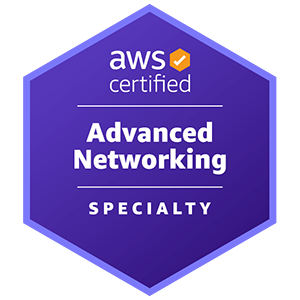


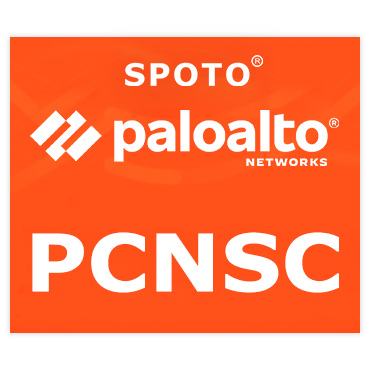
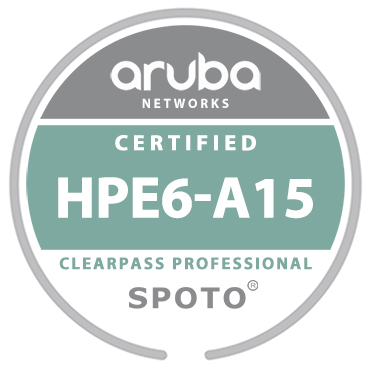
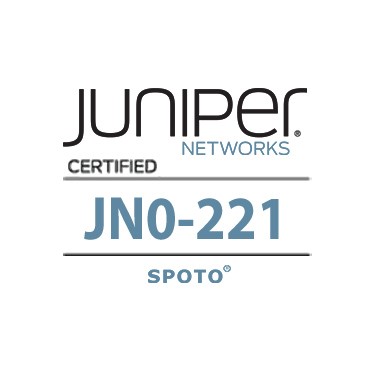
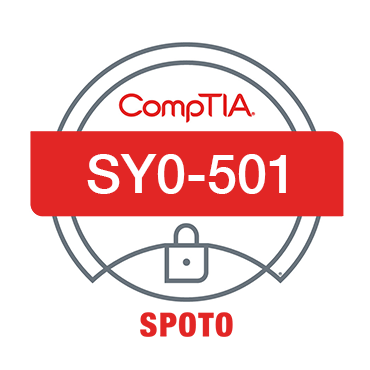
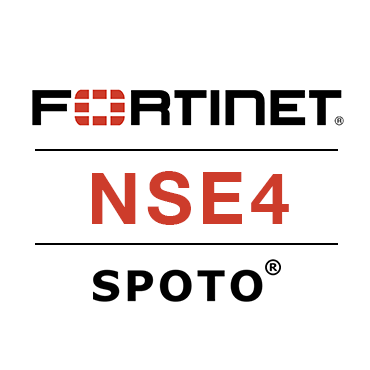
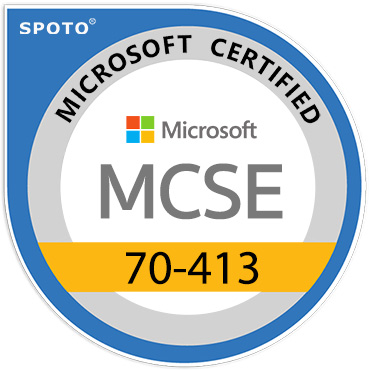

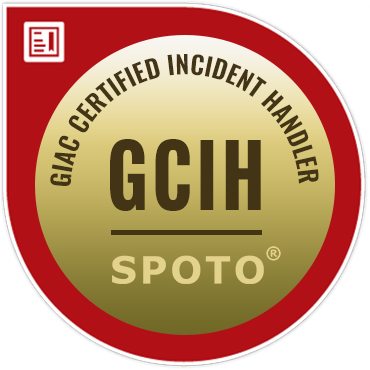

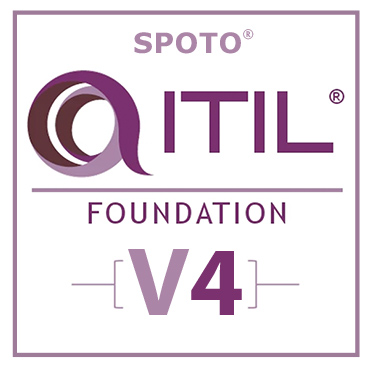
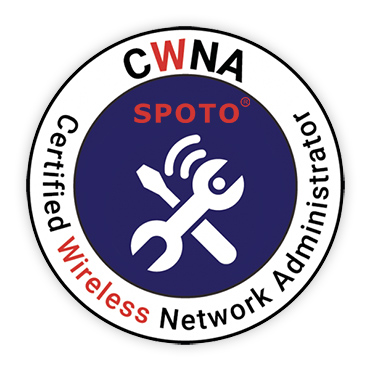
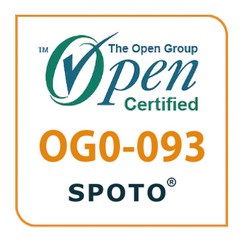


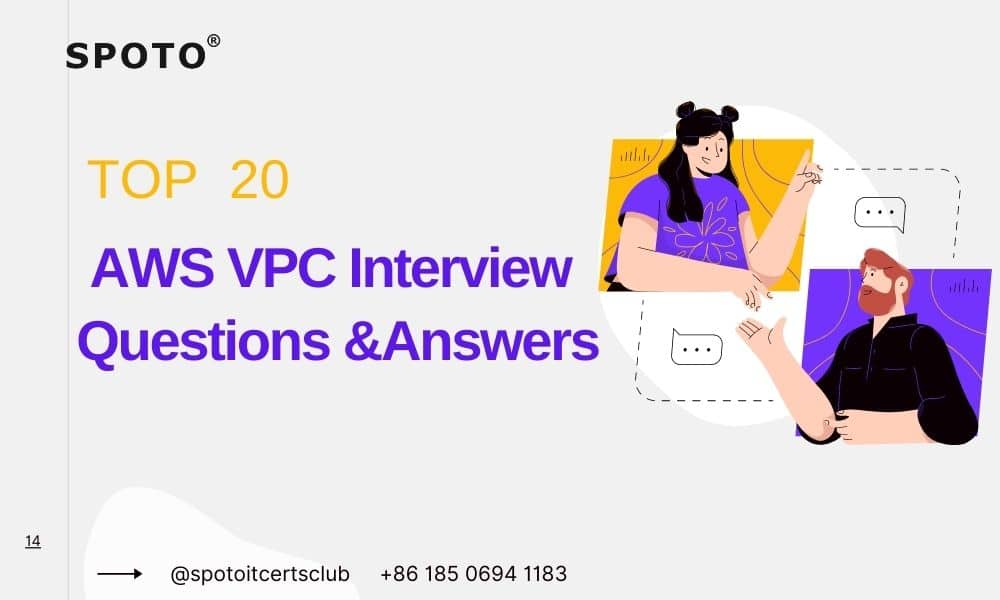


Comments